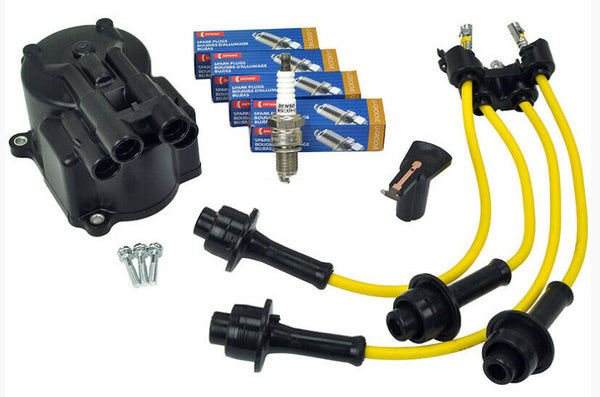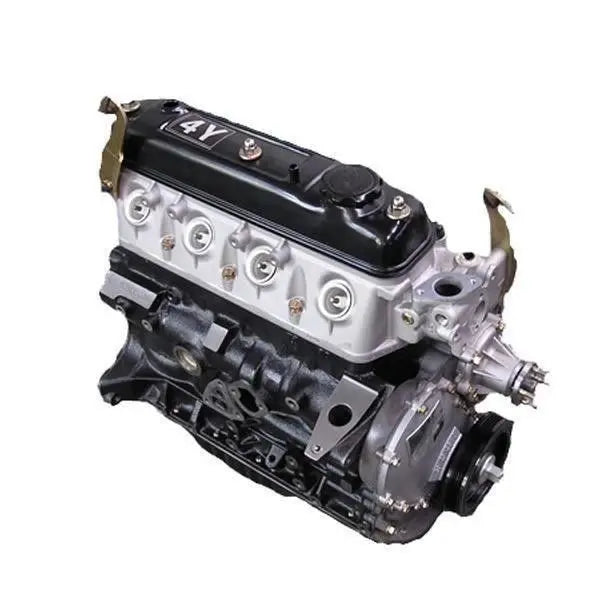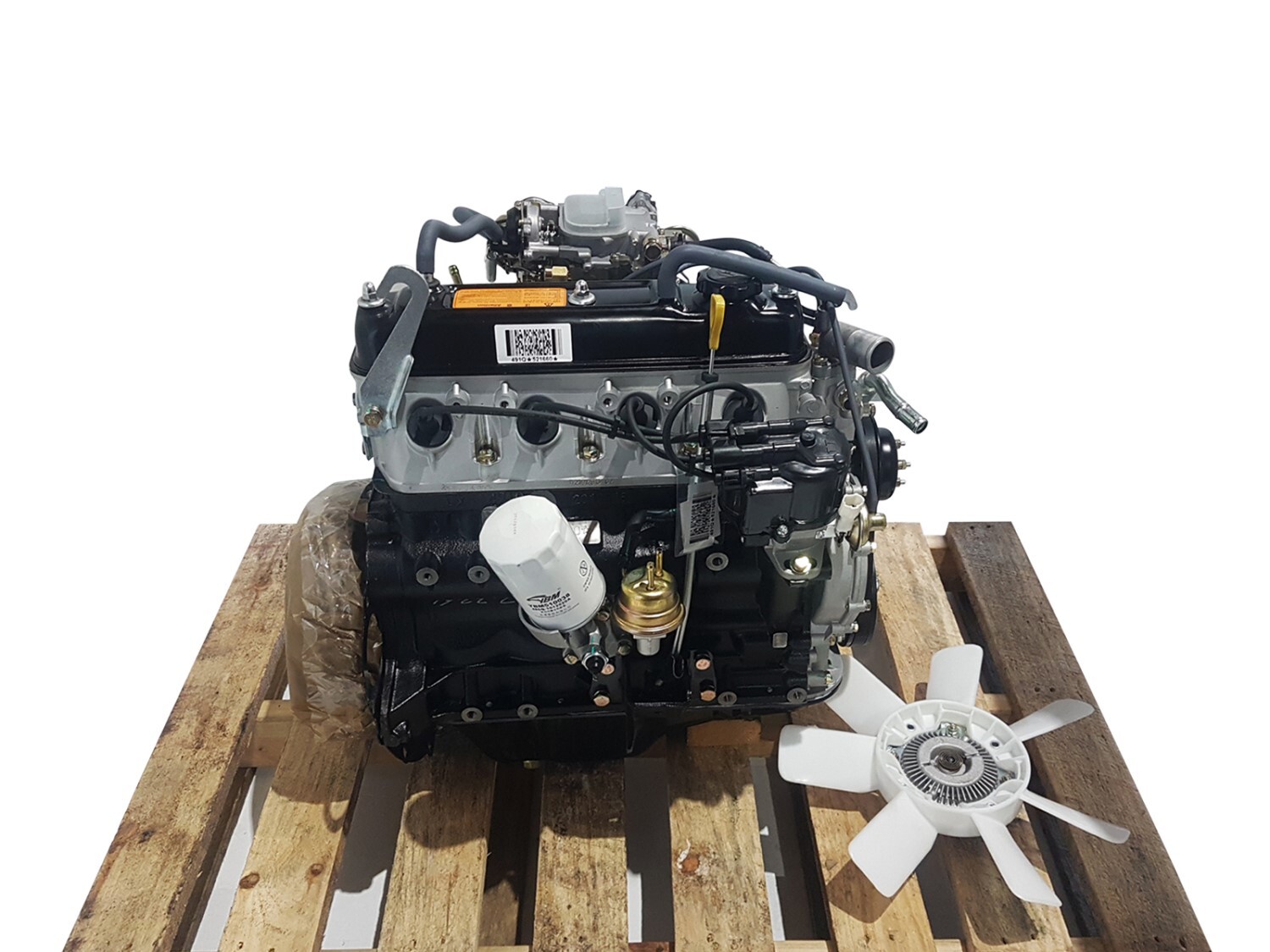Top Modifications to Enhance the Performance of Your 4Y Engine
Top Modifications to Enhance the Performance of Your 4Y Engine
Blog Article
Checking Out the Different Kinds Of Engine: Which One Fits Your Requirements?
Inner burning engines proceed to control due to their dependability, while electrical engines are getting traction for their sustainability. Hybrid engines provide a flexible compromise, and diesel engines stand out for their power in requiring applications.

Inner Burning Engines
Internal burning engines (ICEs) are the backbone of modern transport, powering a huge variety of vehicles from cars to airplanes. These engines run on the principle of converting fuel right into mechanical power with a series of regulated explosions within a combustion chamber. The most common sorts of ICEs consist of gas engines, diesel motor, and rotary engines, each developed to fulfill certain efficiency and effectiveness demands.
Fuel engines usually use trigger ignition, while diesel engines count on compression ignition, resulting in unique differences in gas efficiency and power result (4y engine). Rotary engines, or Wankel engines, use a small design and smooth operation, yet are less commonly utilized in mainstream applications
ICEs have undergone substantial developments in modern technology, consisting of the intro of turbocharging and gas injection systems, which improve general performance and efficiency. Despite their efficiency improvements, ICEs deal with raising scrutiny due to their ecological influence, particularly pertaining to greenhouse gas discharges.
Electric Engines
As issues regarding ecological sustainability and fossil gas dependency grow, electrical engines have actually emerged as a compelling choice to inner burning engines. These engines use electric motors powered by batteries or fuel cells, offering a cleaner and a lot more efficient ways of propulsion.
Among the key benefits of electrical engines is their reduced exhausts. Unlike conventional engines that melt nonrenewable fuel sources, electric engines produce zero tailpipe discharges, substantially lowering air pollution and adding to boosted public health. In addition, the effectiveness of electric motors usually goes beyond that of internal burning engines, converting a better percentage of energy from the power source right into functional energy for activity.
Electric engines are also notable for their quiet operation, making them optimal for urban environments. 4y engine. The simpleness of their layout results in less relocating components, which can result in minimized upkeep costs and enhanced integrity over time
Nonetheless, challenges continue to be, consisting of battery production effects, charging facilities, and array constraints. Regardless of these difficulties, the growing investment in electrical vehicle modern technology and renewable resource resources points toward a promising future for electric engines, positioned to play a critical function in the shift towards sustainable transport.
Crossbreed Engines
Blending the advantages of both typical and electrical internal burning engines, hybrid engines represent a versatile solution in the quest for effective and lasting transportation. These engines incorporate a gasoline or diesel motor with an electric motor, permitting improved gas efficiency and lowered exhausts compared to traditional automobiles.
Hybrid engines operate in several settings, utilizing the electric More about the author motor for low-speed driving and the interior combustion engine for higher speeds or when more power is needed. This vibrant operation not just enhances fuel economic situation however additionally adds to a smoother driving he has a good point experience. Regenerative stopping is one more critical function, capturing power normally lost throughout braking and rerouting it to charge the battery.

As customers increasingly focus on eco-friendliness, hybrid engines stand apart as a sensible choice, using an efficient equilibrium of efficiency, effectiveness, and ecological responsibility. This adaptability makes them suitable for urban travelling and long-distance traveling alike.
Diesel Motor
Performance and power are trademarks of diesel engines, which have actually long been preferred for their effectiveness and gas economic climate. These engines operate the principle of compression ignition, where air is pressed to a high temperature level before gas is infused, sparking it without the requirement for ignition system. This process allows diesel engines to attain greater thermal performance contrasted to gasoline engines, equating right into much better fuel mileage and lower co2 discharges.
Diesel engines are especially well-suited for sturdy applications such as vehicles, buses, and commercial equipment, where torque and resilience are paramount. Their layout typically consists of stronger components to hold up against the higher stress produced during operation, causing longer solution life and reduced maintenance costs.

Alternative Fuel Engines
While diesel motor have long dominated the landscape of heavy-duty source of power, different gas engines are acquiring traction as sensible alternatives for a much more lasting future. These engines make use of a selection of gas, such as compressed gas (CNG), hydrogen, propane, and ethanol, intending to lower greenhouse gas discharges and dependence on fossil fuels.
One substantial advantage of alternative fuel engines is their possible to lower carbon impacts. For example, CNG engines send out less visit this website pollutants contrasted to typical diesel engines, making them appropriate for urban transportation systems and fleets seeking to enhance air top quality. Ethanol, stemmed from biomass, not only minimizes exhausts but additionally sustains farming economic situations.
Hydrogen gas cells represent a sophisticated development in this world, supplying zero-emission power through a chain reaction between hydrogen and oxygen. Nonetheless, difficulties such as framework advancement and production expenses remain obstacles to prevalent adoption - 4y engine.
Final Thought
Interior burning engines use integrity, while electrical engines prioritize sustainability and minimized maintenance. Crossbreed engines incorporate the benefits of both, boosting efficiency, whereas diesel engines offer superior power and torque for heavy-duty applications.
Hybrid engines use a functional concession, and diesel engines stand out for their power in requiring applications. The most common types of ICEs include gas engines, diesel engines, and rotating engines, each developed to satisfy certain efficiency and effectiveness demands.
Unlike standard engines that melt fossil gas, electrical engines produce zero tailpipe discharges, significantly decreasing air contamination and adding to enhanced public health.Hybrid engines operate in several modes, utilizing the electric motor for low-speed driving and the inner burning engine for higher rates or when more power is required. Crossbreed engines integrate the benefits of both, enhancing effectiveness, whereas diesel engines supply remarkable power and torque for heavy-duty applications.
Report this page